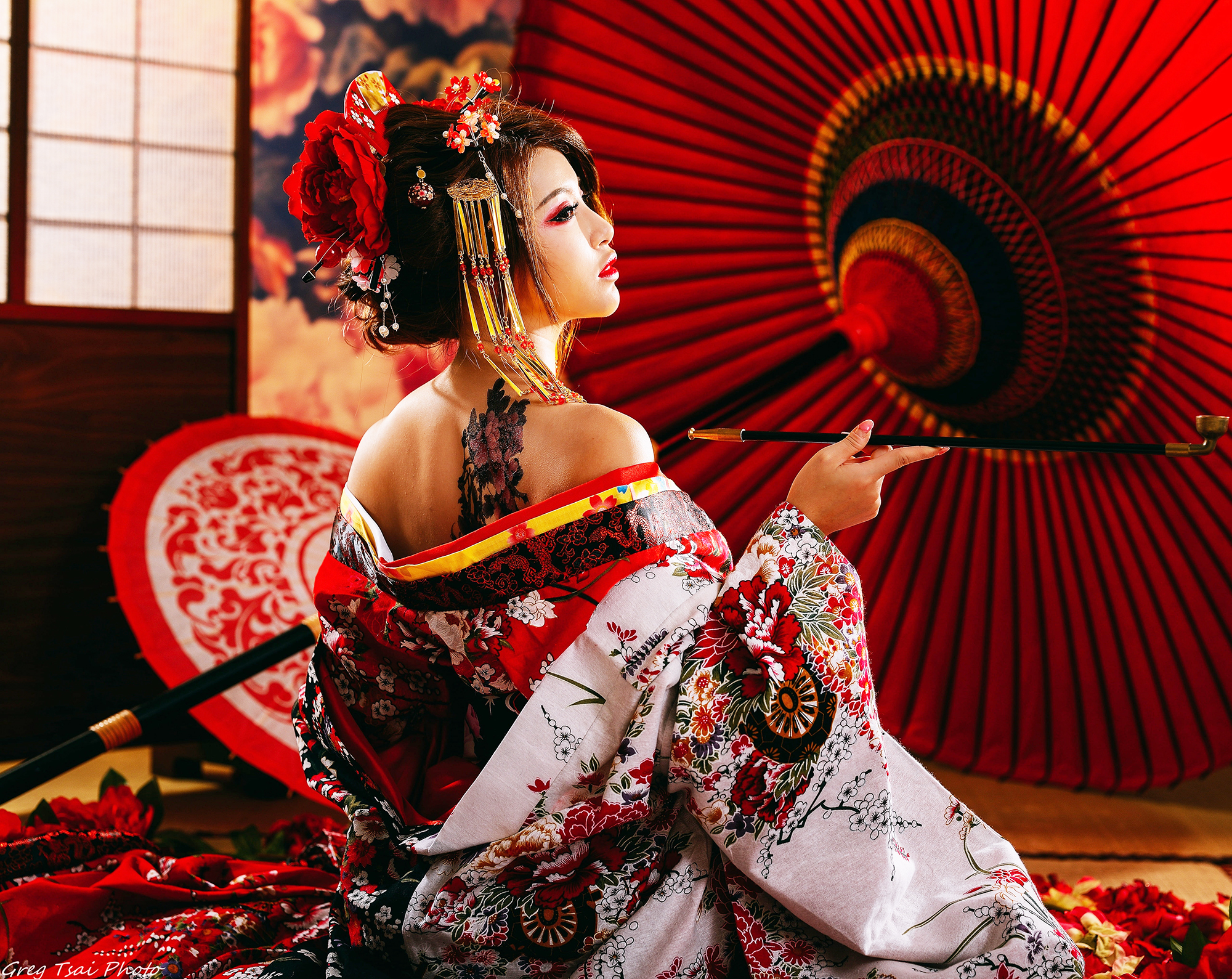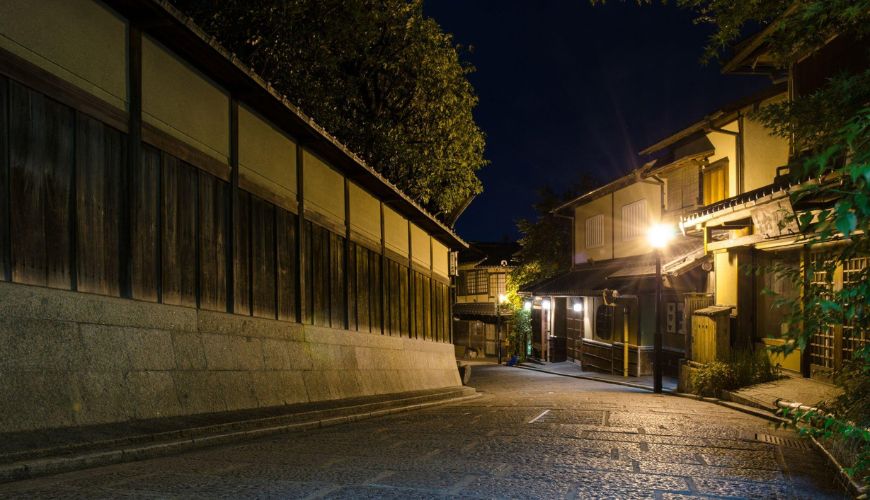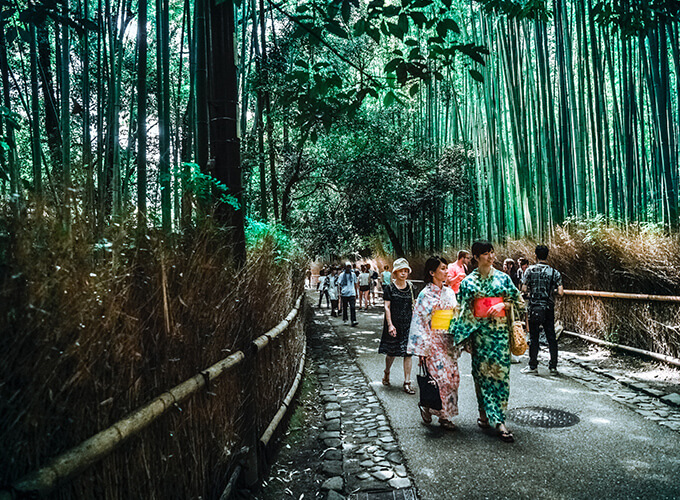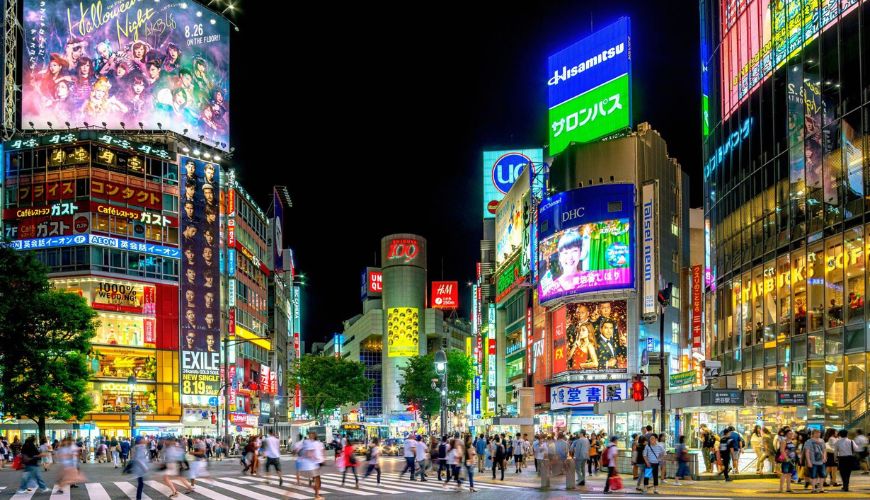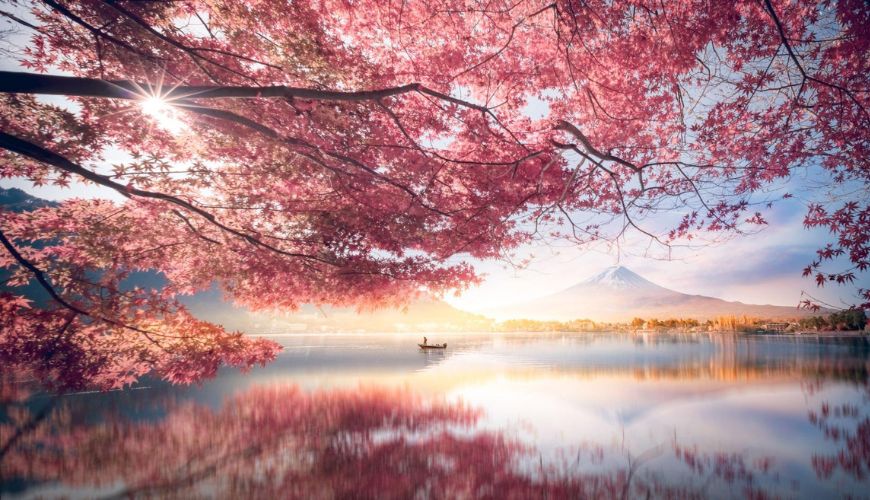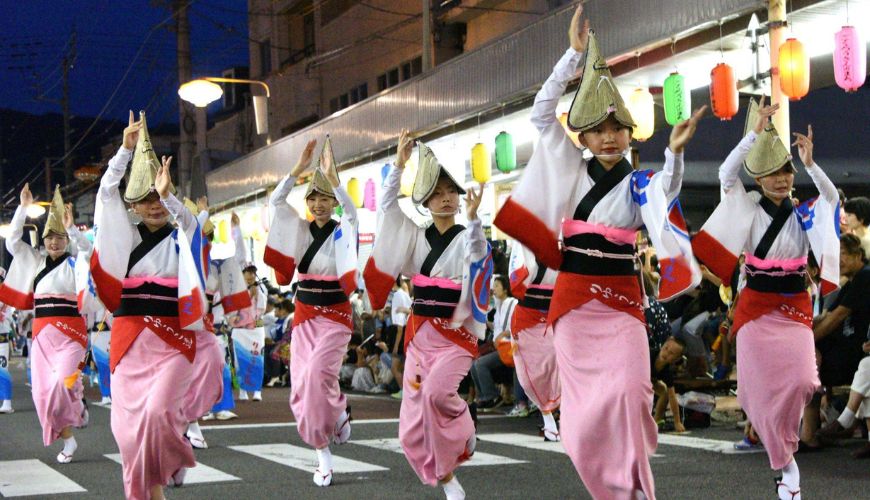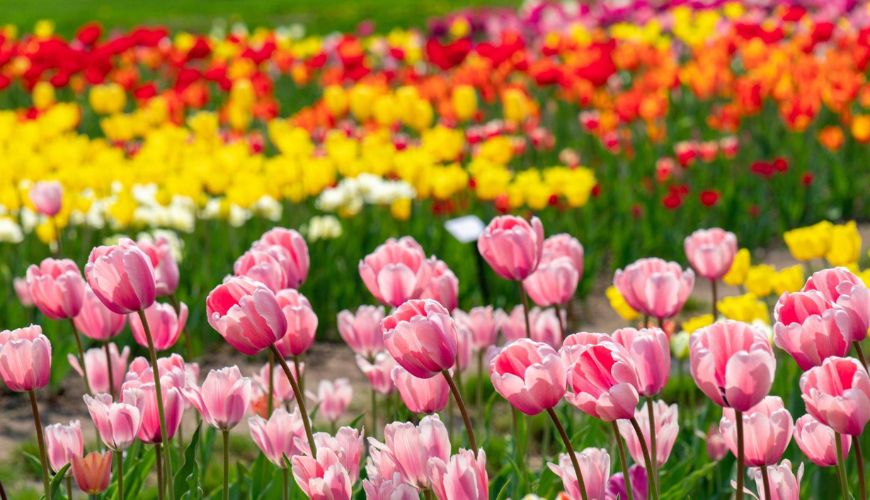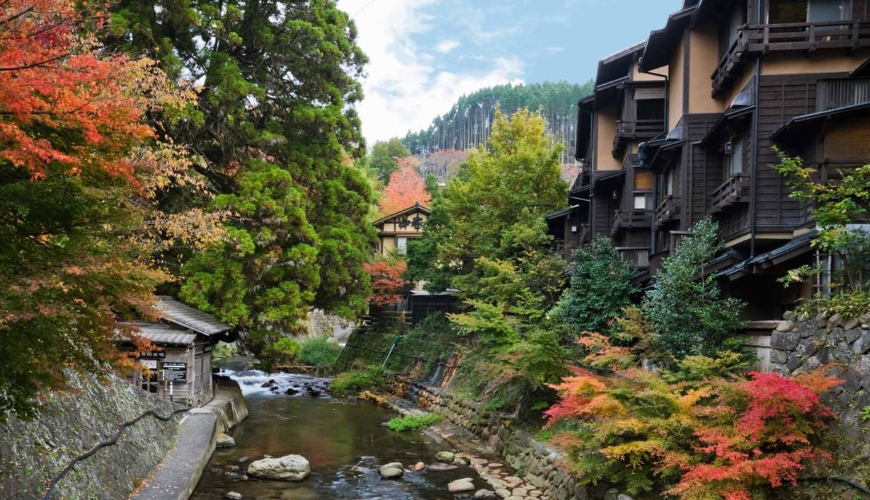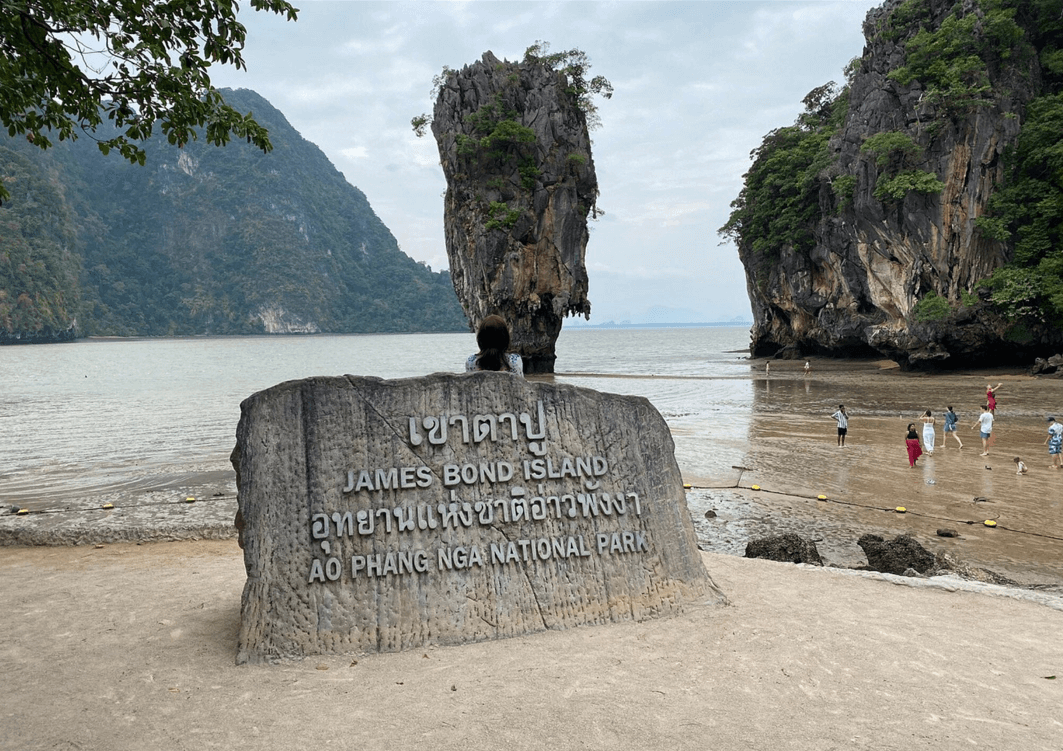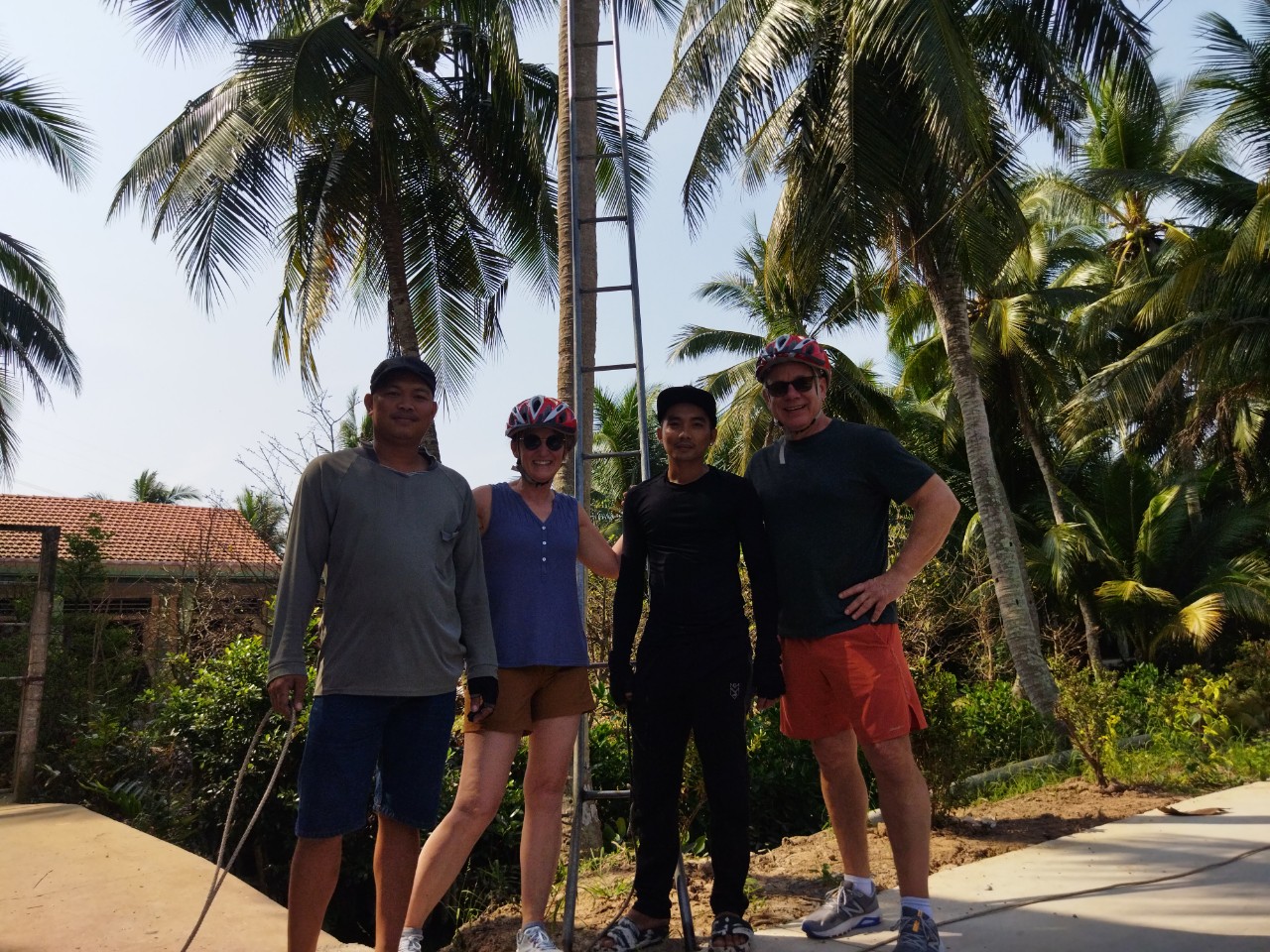The best time to visit Japan is during the spring (March to May) and fall (September to November). These seasons showcase Japan at its most vibrant, with cherry blossoms in the spring and colorful autumn foliage in the fall, creating stunning scenery. However, it’s worth noting that these popular times can also be crowded with tourists.
If you’re a fan of outdoor activities, the summer months (June to August) provide great opportunities for hiking and exploring in the Japanese Alps and Hokkaido’s national parks. Just keep in mind that the rest of the country can be quite hot and humid during this time. The rainy season typically occurs from the end of May to mid-June or July.
For a unique and snowy experience, consider traveling to northern Japan during the winter months (December to February). Despite the colder weather, the region comes alive with lively festivals and events that brighten up the dark days.
It’s also important to consider Japan’s national holidays when planning your trip. Shogatsu (Japanese New Year), Obon (mid-August or mid-July, depending on the area), and Golden Week (between April 29 and May 5) are busy periods for both residents and tourists.
By taking into account the weather, seasonal highlights, and holidays, you can plan your visit to Japan to make the most out of your experience.



